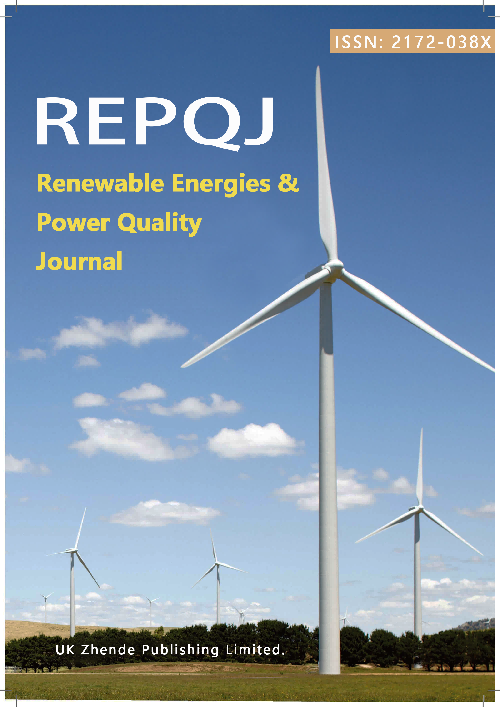A study on the negative sequence current injection during LVRT of IBRs
DOI:
https://doi.org/10.52152/4528Keywords:
IBR, Grid Code, LVRT, Negative Sequence, Line ProtectionAbstract
Low Voltage Ride Through (LVRT) behaviour of Inverter Based Resources (IBR) during asymmetrical grid faults is dictated by the requirements of Grid Code (GC) at the Point of Common Coupling (PCC) of the renewable energy plants. Earlier GCs demanded only positive sequence current injection, which gave freedom to inverter manufacturers to implement different negative sequence injection strategies, while newer GCs define specific negative sequence current injection requirements. The existence of different negative sequence current control strategies during grid faults creates problems for line protection relays, as fault detection algorithms malfunction for certain angle relationships between the negative sequence voltage and current phasors.
This paper analyses different negative sequence injection algorithms of IBRs and demonstrates certain relationships between sequence impedances of the inverter that can be used for improving line protection algorithms. The analytical findings are confirmed via Real Time simulations of a Type 4 wind farm connected to a power system with different network strength characteristics.
Downloads
Published
Issue
Section
License
Copyright (c) 2025 A. Blázquez, M. Larruskain, E. Torres, P. Eguia, A. Castañon, R. Cimadevilla (Author)

This work is licensed under a Creative Commons Attribution 4.0 International License.











